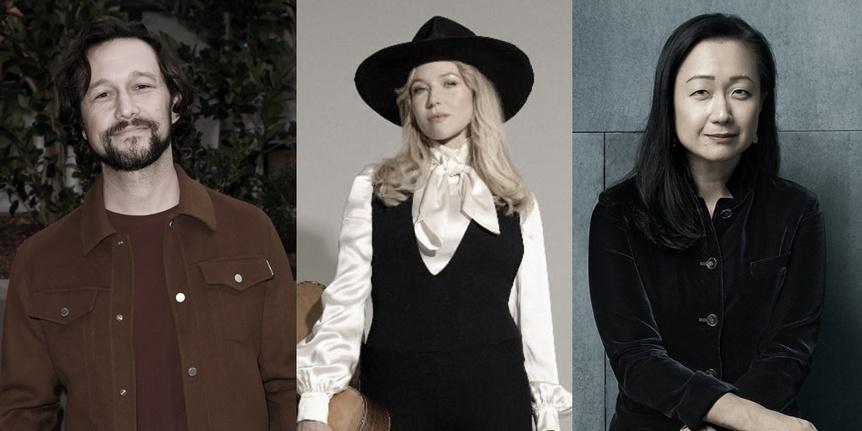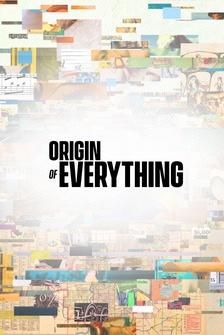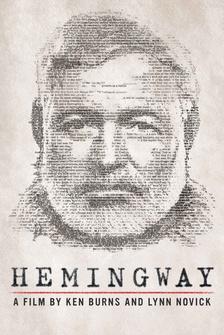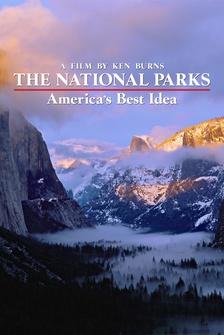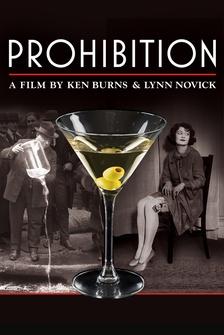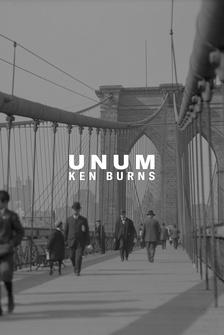(bright jazz music) (bright jazz music continues) - When I drive around just on a day-to-day basis, people throw things out of their car.
Occasionally what people throw out is an interesting piece of metal or an interesting piece of stone or concrete or whatever.
And I might pick up a very small piece of rusted material that I just found fascinating.
But it's not like you're going out looking for the trash, it's just there.
(items clattering) (bright music) I'm David Bacharach.
I do a lot of basket-like forms.
(torch hissing) But I also do a lot of abstract sculptures, some of which take on the form of birds, small animals, that kind of thing.
And I work principally in copper.
That's my favorite metal, and I've done that pretty much my whole life.
(bright music continues) Oh, what's your name?
- Christian, I'm Christian.
- Christian.
Nice to meet you, Christian.
At Irvine, we're gonna be doing three sculptures.
One sculpture will represent land.
One sculpture will represent air.
One sculpture will represent water.
(soft dramatic music) The water piece is based on the Great Pacific Garbage Patch, which is a patch of debris, mostly plastics, in fact, mostly discarded fishing nets that is twice the size of the state of Texas.
So it's, it's massive.
It's a massive problem.
(soft dramatic music continues) Air is going to be, if you can picture a big donut.
I chose a round form to feel like a sphere of atmosphere that you were totally surrounded by.
And the idea of building this, this round form out of totally invasive things that actually hurt, hurt you or hurt us, hurt the land, gives me the feeling or the same idea as when we release excess greenhouse gases that are causing global warming.
The Land will be 12, five-foot by five-foot cubes that go, that rise up almost like skyscrapers.
(soft dramatic music continues) You know, we've really cut up our land into cities.
I mean, we make grids.
If you fly over the country, it looks like a grid.
You can't keep changing the land because it's more efficient for us without problems coming back on us.
(bright music) This entire project, which is three separate sculptures, are all based on a technique called hugel mounds.
It's a European technique that's been around for generations where you pile wood and brush and let it decompose, and in three or four years you have fresh soil.
What we're doing here is we're using that technique, but we're gonna use it to create a piece of art.
There's no rule against using it.
It's a utilitarian technique, just like making a basket.
There are people that make art from using basketry techniques.
We're going to create art using the hugel mound.
(tools clattering) (worker exhales) (bright music continues) (chimes jingling) I did not consciously connect my work with nature and the environment until about the early 80's.
Even though I had done sculptures of birds and cattails and flowers and things like that.
I had chosen them just because they seemed like an interesting subject, but I wasn't trying to address a specific issue.
In the early 80's, I did a whole series of endangered species sculptures, and that was my first foray into a direct connection between what was happening environmentally and my own work.
The more I researched a particular bird or a particular animal, the issue of the environmental crisis kept popping up.
(soft dramatic music) If you're interested in the birds and the animals and the insect, you almost can't avoid it.
To the point where I felt like I was wasting my time if I didn't start addressing the environmental issues more directly.
(bright music) (hammer clinking) (plastic rustling) (insects chittering) (bright music continues) (leaves rustling) (wood clattering) What we're doing first is we're preparing the site where the project's going to go, and the first thing we have to do is get rid of the invasives.
This was also a dumping site.
We're getting rid of the cinder blocks and the construction material and trying to just generally clean it up and make it safe to work in, number one.
But number two, also start to clear out some of the invasive material.
(bright music continues) - [Speaker] I'm so excited get rid of this tree finally.
It's been taunting me for a while now.
- I would say to Kyle, "Can we take this tree?"
Can we take..." And he would say, "Are you kidding?"
"Get rid of all of 'em."
- Take 'em all down.
(David laughs) - [David] Are they gonna take some of the top off first or are they gonna just let it drop?
- [Frank] We're gonna notch it and fill the whole tree right there.
- All right.
- So it's only 40-feet tall, so it's just gonna be right there, right within your work area.
- All right.
No, I ask because right on the other side is a cherry that we may wind up losing.
- [Frank] Yeah, I don't think we're gonna hit it.
- Okay, that's be great.
- I think that's 41 feet and the tree is 40 feet.
(both laugh) - This is a black cherry, so we're gonna try and hold on to it if we can, but this is a goner.
(saws buzzing) - The problem with this tree is that it is an invasive tree.
So for that reason, you don't wanna have Paulownias just taking over this whole nature center because it's not a native tree, it doesn't belong here.
- Especially when you compare something like a native white oak that hosts like 500-something insect species compared to Paulownia, which, you know, maybe can host five or six species.
So a lot of it comes down to how many insects can a single species of tree host.
You know, the more insects you have, the more food that the birds have.
And so this tree is really just occupying space that could be more productive for our native environment.
(forklift beeps and whirs) - This becomes the material for my art, because these are the invasives that I want to make the mounds from.
(forklift whirring) (birds chirping) (waves crashing) (debris clattering) (soft dramatic music) (soft dramatic music continues) This is the netting that I'm going to use on the mounds that represent water because we are choking our oceans with plastic that we've created and need to do something about.
Because unfortunately, we wind up eating this stuff, whether we know it or not, because the fish that we eat, eat it, ingest this material as it breaks down.
(debris slamming) (soft dramatic music continues) And this kind of basket-like form that's now attached to this net is like a tumor.
Because that's how I feel when I look at the pictures of Texas-sized plastic garbage patch that we've created in the Pacific Ocean.
That it is one big tumor that unfortunately, you know, we created and we're not doing anything about.
And so I'm gonna create a series of these nets that will all be interwoven when we put 'em in place on the mounds that represent water.
And they will all have these tumors made of waste material, waste metal, waste plastic that I picked off the floor of various places, and nets and these cargo nets that were used and been discarded.
(soft dramatic music continues) And so if you could look at it from above, a big oval, the currents are kind of at the narrow end and the accumulations of garbage are at the wide end.
And these accumulations are more than a mile deep.
So it's a lot of plastic out there.
What I'm doing here specifically is trying to weave the branches of these pieces in as tightly as possible so that I get as tight a nest of material as possible so that it's nice and firm.
(soft dramatic music) This sculpture is influenced by the greenhouse gas issue.
It's got quite a ways to go, but most of the trunks in the base are tree of heaven, a tree that was introduced because it was pretty, I think in the late 1700's.
And what's interesting about it is that you can chop the tree of heaven down, but that won't stop it from growing because the roots are sending up other trees all around it.
And the idea that here was this thing that we've introduced just like excess greenhouse gas that's hurting us and that we have basically lost control over, I thought was a perfect analogy to use as the basis of this piece.
(soft dramatic music) We've destroyed, whether intentionally or not, by logging and tilling and draining and grazing and paving and development and straightening rivers and damning rivers and cementing over rivers so that they now flow through concrete drain pipes.
We have done all these things and in the process we have eliminated many of the insects, the birds, the animals that we need to maintain our life, to allow us to grow our food and to continue living as we have lived for the last several thousand years.
Why the hell would we do that?
Why would you destroy and make uninhabitable the land that you want to live on and raise your kids on and hopefully your kids' kids to grow on?
Why would you do that?
It doesn't make any sense.
(soft dramatic music continues) (dramatic music) (dramatic music continues) (dramatic music continues) (dramatic music continues) (dramatic music continues) (dramatic music continues) (dramatic music continues) I have lived with this project now for almost a year and spent a great deal of time reading about environmental problems and the enormity of the task in front of humanity to correct what's going on is mind-boggling.
(dramatic music continues) We've used our land as a cupboard to draw material from and as a trash can to dump our waste in.
(soft dramatic music) (soft dramatic music continues) This is my favorite view.
I love this 'cause it's like a river.
(soft dramatic music continues) (soft dramatic music continues) (soft dramatic music continues) (soft dramatic music continues) (soft dramatic music continues) (soft dramatic music continues) (clapboard clacks) (soft dramatic music) (soft dramatic music continues)

